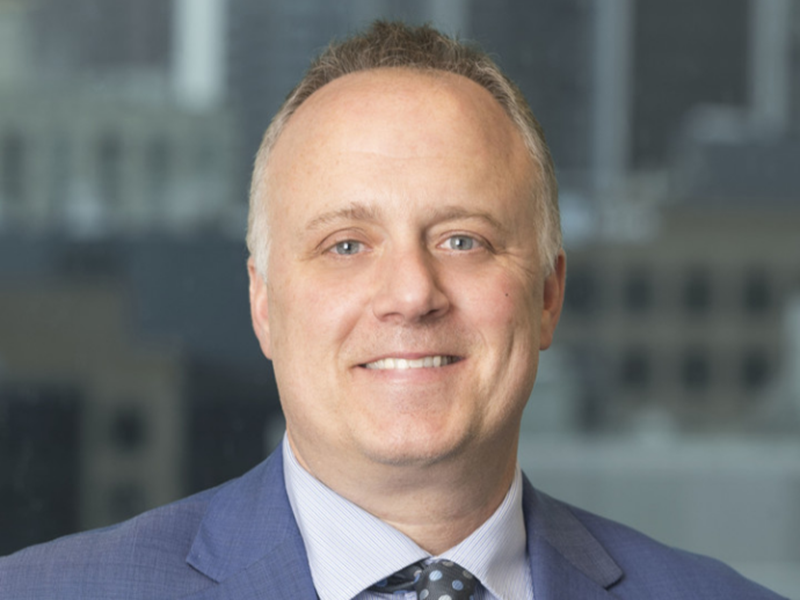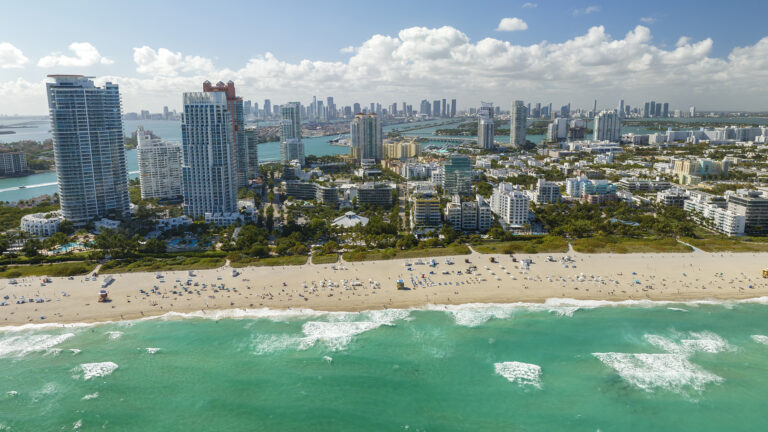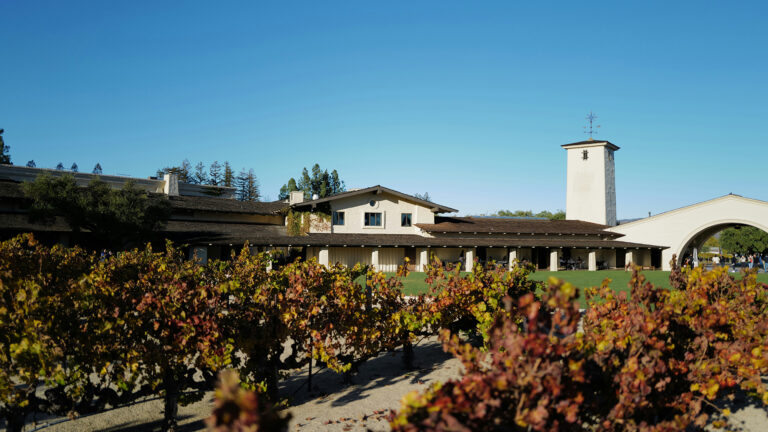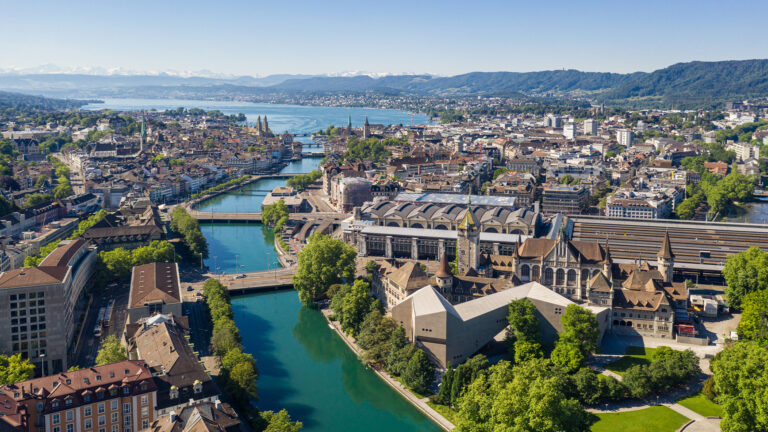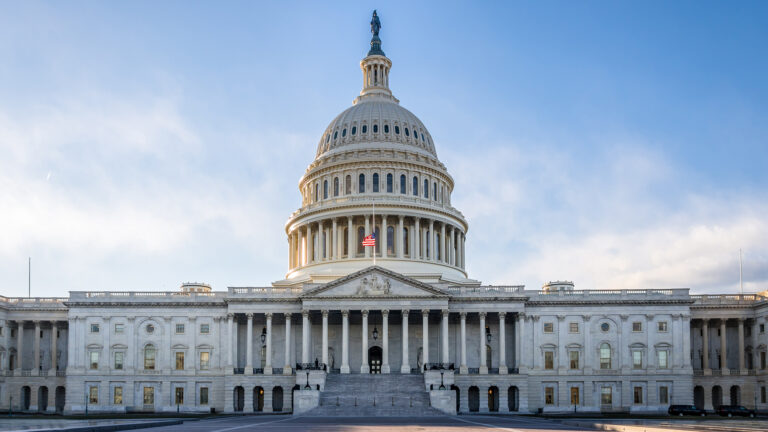By Lauren Bailey
For the past few years, Andy Greene, the Toronto Transit Commission’s chief investment officer, has been gradually reducing the Toronto Transit Commission Pension Plan’s exposure to public equities, while beefing up its private market assets.
When he joined the pension plan in 2017 as its first CIO, the fund’s private asset allocations sat at roughly 20%; they’ve steadily increased to roughly 40% today as a result of the plan’s Asset Liability Study and funded status. Through today’s lens, Greene’s steady, timed flight into private assets is poised to pay off amid the tariff uncertainty currently unfolding.
Many larger institutional investors are following suit, given the current economic outlook.
Greene said the plan has moved into longer duration bonds to add the ability to liability match. “When you make a commitment to private equity, or private markets in general, they don’t call that money all at once — it’s over three years. So we just methodically dollar-cost average into private markets every year.”
This rebalancing is a part of Greene’s greater objective to move the plan to a Maple-middle structure by bringing key talent in-house to manage the bulk of the investments via funds and co-investments.
“You’re starting to see more mega plans do the same — less direct investing, more focus on partnerships,” he said. “We’re not going to do as much co-investment as [the Maple 8 funds]. . . . Instead, we’re doing that more on the fund manager level.”
Keeping calm, carrying on
Although he has spent nearly two decades in Canada, Greene was born in Miami, Fl., and grew up in Chicago, so he considers both the U.S. and Canada his home. The volatility stemming from the breakdown of the special relationship both nations have enjoyed for so long has him conflicted.
“It just changes from day to day. . . . A lot of the stress reminded me of when COVID first happened,” he said, pointing out that, in situations like these, when dealing with the unknown it’s often best to take a breath and not make a dramatic reaction.
While he’s staying focused on the fund’s long-term strategic plan, he’s also raising cash levels to ensure there is appropriate liquidity for cases where capital is called. He’s fortunate to have a patient board that can block out much of the noise, adding that it helps to enter times of crisis knowing the plan is well-positioned to continue meeting commitments and pension payments.
Over Greene’s tenure, the plan’s assets have grown from $6.6B to reach $8.3B by the end of 2023. Its asset allocations to fixed income (34.4%) and equities (32.8%) are closely weighted, with the remaining 23% allocated to infrastructure (10.7%) and real estate (12.3%).
The fund’s real estate portfolio is mostly weighted in Canadian assets, including in the challenging office sector. The plan has sold two properties in the past year, redeploying the funds to other areas and regions. Greene plans to do this incrementally over the short term.
“We’ll just continue to diversify outside Canada into U.S. and Europe. . . . But there’s no rush. We don’t need to do it tomorrow. Let’s do it over a three- to five-year path. We just re-invested in a Canadian fund and we’re looking at a couple global funds, including a European fund.”
While the plan’s public equities and global funds have some exposure to emerging markets, Greene is hesitant to move any further into the region. “Right now, we’re a well-funded plan. I don’t have to take a lot of risk. I don’t need to swing for the fences. We can be a core plus investor in real estate and be mostly [rooted in] North America and Europe and gain value-add.”

